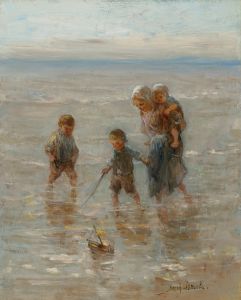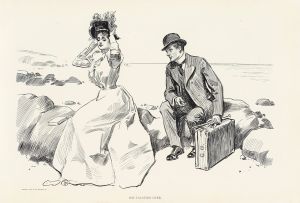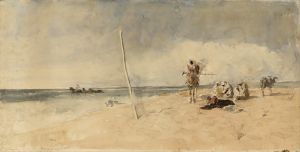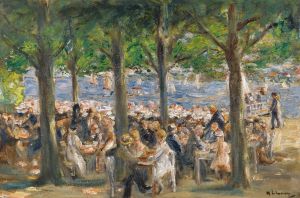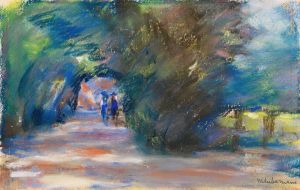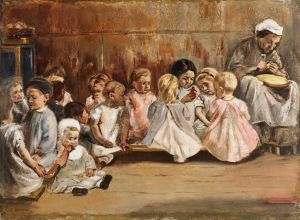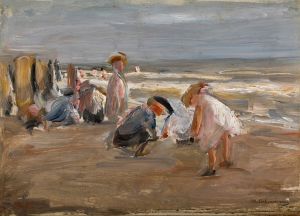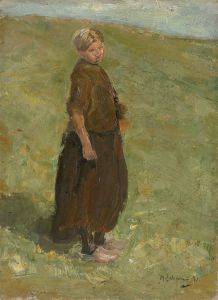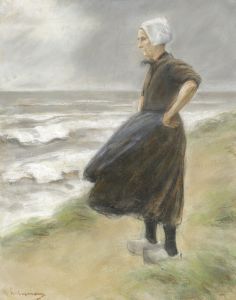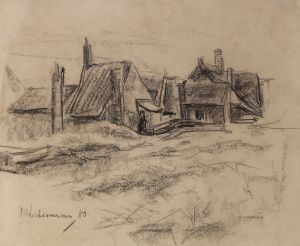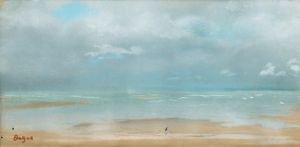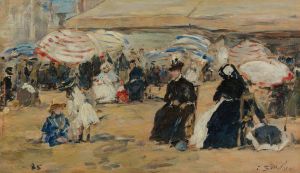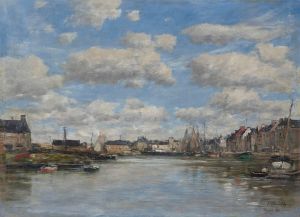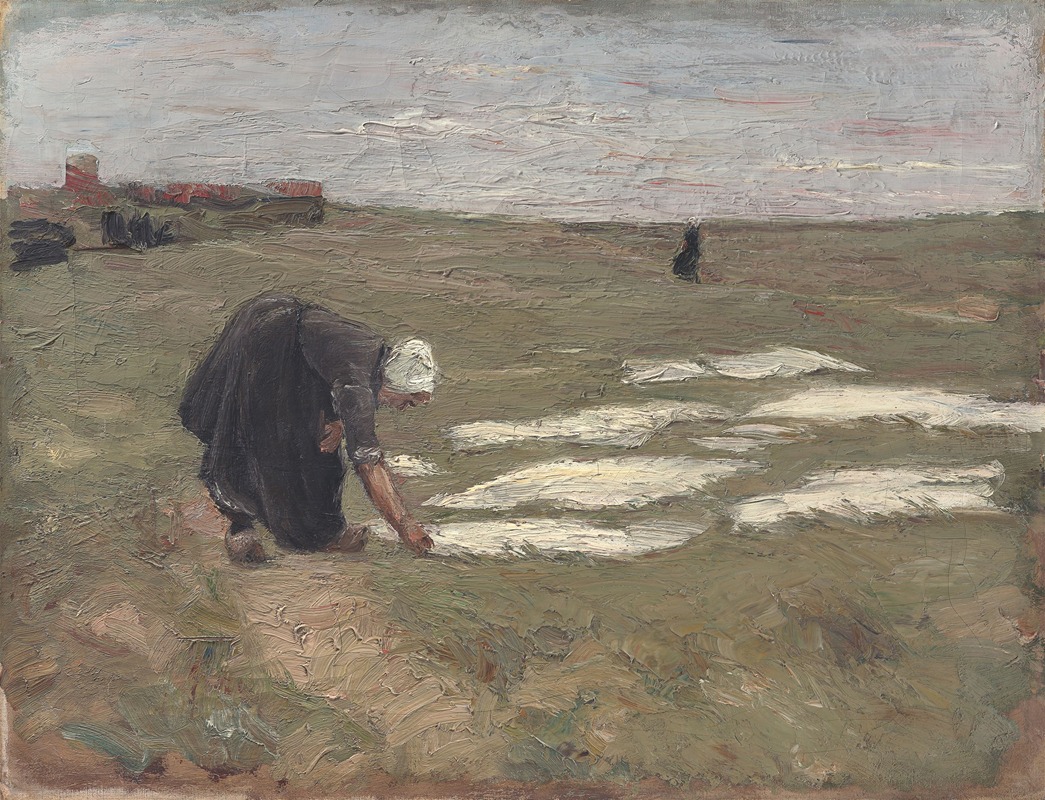
Bleiche auf den Dünen bei Katwijk
A hand-painted replica of Max Liebermann’s masterpiece Bleiche auf den Dünen bei Katwijk, meticulously crafted by professional artists to capture the true essence of the original. Each piece is created with museum-quality canvas and rare mineral pigments, carefully painted by experienced artists with delicate brushstrokes and rich, layered colors to perfectly recreate the texture of the original artwork. Unlike machine-printed reproductions, this hand-painted version brings the painting to life, infused with the artist’s emotions and skill in every stroke. Whether for personal collection or home decoration, it instantly elevates the artistic atmosphere of any space.
"Bleiche auf den Dünen bei Katwijk" (English: "Bleaching on the Dunes near Katwijk") is a painting by the German artist Max Liebermann, one of the most prominent figures of the German Impressionist movement. Painted in 1883, this work is a notable example of Liebermann's early naturalist style, which often depicted scenes of rural labor and everyday life. The painting reflects Liebermann's interest in capturing the interplay of light, atmosphere, and human activity in outdoor settings.
The artwork portrays a group of women engaged in the traditional activity of bleaching linen on the sand dunes near Katwijk, a coastal village in the Netherlands. The women are shown spreading white sheets across the ground, a process that involved exposing fabrics to sunlight to whiten them. This practice was common in the 19th century before the advent of modern chemical bleaching methods. The scene is set against the backdrop of the expansive dunes and a cloudy sky, emphasizing the natural environment and the simplicity of rural life.
Liebermann was deeply influenced by his time in the Netherlands, where he spent several summers during the 1870s and 1880s. The Dutch landscape and its people became recurring subjects in his work. He admired the Dutch masters of the 17th century, such as Rembrandt and Frans Hals, and their ability to depict light and texture. This influence is evident in "Bleiche auf den Dünen bei Katwijk," where Liebermann employs a subdued color palette and loose brushwork to create a sense of realism and immediacy.
The painting is also significant for its focus on the dignity of labor, a theme that Liebermann explored throughout his career. By choosing to depict ordinary working people in a natural setting, he challenged the conventions of academic art, which often prioritized historical, religious, or mythological subjects. Instead, Liebermann's work aligns with the broader European trend of naturalism, which sought to represent life as it was, without idealization.
"Bleiche auf den Dünen bei Katwijk" is housed in the Alte Nationalgalerie (Old National Gallery) in Berlin, Germany. The museum holds a significant collection of Liebermann's works, reflecting his importance in German art history. This painting is considered an important example of his early style, which later evolved into a more impressionistic approach with a greater emphasis on light and color.
Max Liebermann (1847–1935) was a leading figure in the Berlin Secession, an art movement that promoted modernist tendencies in opposition to the conservative art establishment of the time. His work, including "Bleiche auf den Dünen bei Katwijk," continues to be celebrated for its contribution to the development of modern art in Germany and its depiction of everyday life with sensitivity and authenticity.





